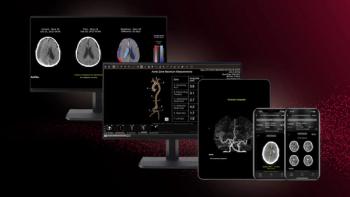
2010 Medicare fee schedule boosts equipment utilization rate
CMS will increase the equipment utilization rate assumption used to determine the practice expense for all nontherapeutic medical equipment, including diagnostic imaging systems, from 50% to 90% under new Medicare fee schedule rules announced Friday. In a bit of good news for radiology, CMS said it remains on track to require that suppliers of advanced imaging services become accredited by 2012.
CMS will increase the equipment utilization rate assumption used to determine the practice expense for expensive, nontherapeutic medical equipment, including diagnostic imaging systems, from 50% to 90% under new Medicare fee schedule rules announced Friday. In a bit of good news for radiology, CMS said it remains on track to require that suppliers of advanced imaging services become accredited by 2012.
The announced hike of the assumed utilization rate for advanced imaging equipment covered by the Medicare Physician Fee Schedule was not quite as onerous as expected. Although the utilization rate assumption for medical imaging equipment that costs more than $1 million will jump substantially, the new standard will be phased in over a four-year period.
Congress is likely to change this formula. The House reform bill announced this week would increase the assumed utilization rate for advanced imaging equipment to 75%. The Senate Finance Committee bill proposes a 65% utilization rate.
The 2010 Medicare fee schedule rules reflect important gains made by organized radiology in the Medicare Improvements for Patients and Providers Act of 2008. In deference to the law, the 2010 fee schedule states that CMS will implement a requirement that suppliers of the technical component of advanced imaging services must become accredited by Jan. 1, 2012.
The accreditation requirement will apply to mobile units, physicians' offices, and independent diagnostic testing facilities that perform diagnostic imaging, but would exempt physicians who interpret it. The rule states that CMS will address suppliers' accountability, business integrity, physician and technologist training, service quality, and performance management in future communications.
Newsletter
Stay at the forefront of radiology with the Diagnostic Imaging newsletter, delivering the latest news, clinical insights, and imaging advancements for today’s radiologists.




























